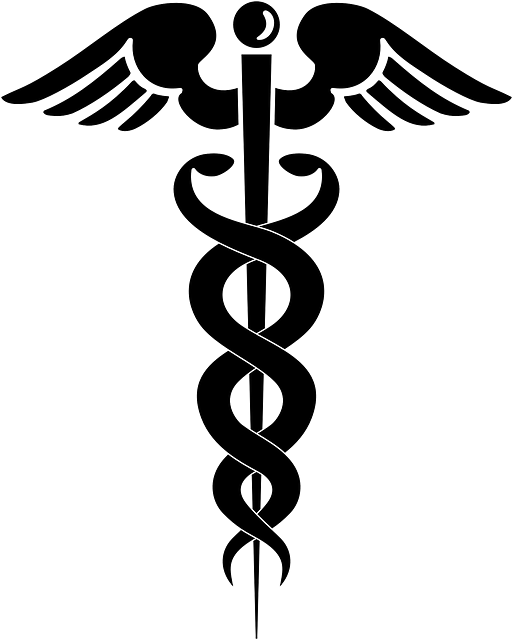Managing Fibromyalgia: Symptoms, Diagnosis, and Treatment Strategies

Fibromyalgia is a complex and often misunderstood condition that affects millions of people worldwide. Characterized by widespread pain, fatigue, and a host of other symptoms, it can significantly impact daily life. Understanding how to manage fibromyalgia involves recognizing its symptoms, obtaining a proper diagnosis, and exploring various treatment strategies to improve quality of life.
Symptoms of Fibromyalgia
The symptoms of fibromyalgia can vary widely from person to person, but they generally include:
- Chronic pain throughout the body
- Fatigue and sleep disturbances
- Cognitive difficulties, often referred to as “fibro fog”
- Headaches, including migraines
- Depression and anxiety
- Heightened sensitivity to pain, temperature, and other stimuli
These symptoms can often be exacerbated by factors such as stress, weather changes, and hormonal fluctuations. For many, managing these symptoms is a daily challenge.
Diagnosis of Fibromyalgia
Getting a proper diagnosis for fibromyalgia can be a lengthy process, as there are no definitive tests for the condition. Typically, healthcare providers will conduct a comprehensive evaluation that includes:
- Reviewing medical history and symptoms
- Performing a physical exam
- Ruling out other medical conditions that may present similar symptoms
It’s essential to communicate openly with your healthcare provider about your symptoms and their impact on your daily life. Look for a healthcare professional who is knowledgeable about fibromyalgia and can help guide you through the diagnosis and treatment process.
Treatment Strategies for Fibromyalgia
While there is currently no cure for fibromyalgia, various treatment options can help manage symptoms effectively. A combination of therapies tailored to individual needs is often the most beneficial approach. Here’s a table summarizing some common treatment strategies:
| Treatment Strategy | Description |
|---|---|
| Medication | Antidepressants, anti-seizure medications, and pain relievers can help alleviate symptoms. |
| Physical Therapy | Exercise and physical therapy can improve strength and flexibility. |
| Cognitive Behavioral Therapy | This therapy helps address negative thought patterns and coping mechanisms. |
| Lifestyle Changes | Incorporating regular exercise, a balanced diet, and stress management techniques can be beneficial. |
Additional Resources
For those seeking further information, consider exploring resources like the Fibromyalgia Awareness Campaign or the National Institutes of Health for research and support.
Understanding Your Journey
Living with fibromyalgia can feel overwhelming, but it’s important to remember that you are not alone. Many individuals and communities share similar experiences and can offer support. Engaging in support groups, whether in-person or online, can provide comfort and understanding. Finding the right combination of treatments may take time, but perseverance is key.
Watch and Learn
For a deeper understanding of fibromyalgia and how to manage it, check out this informative video:
Stay Informed
Continuously educate yourself about fibromyalgia and keep abreast of new research and treatment options. By being proactive, you can take steps to manage your symptoms effectively and lead a fulfilling life.
